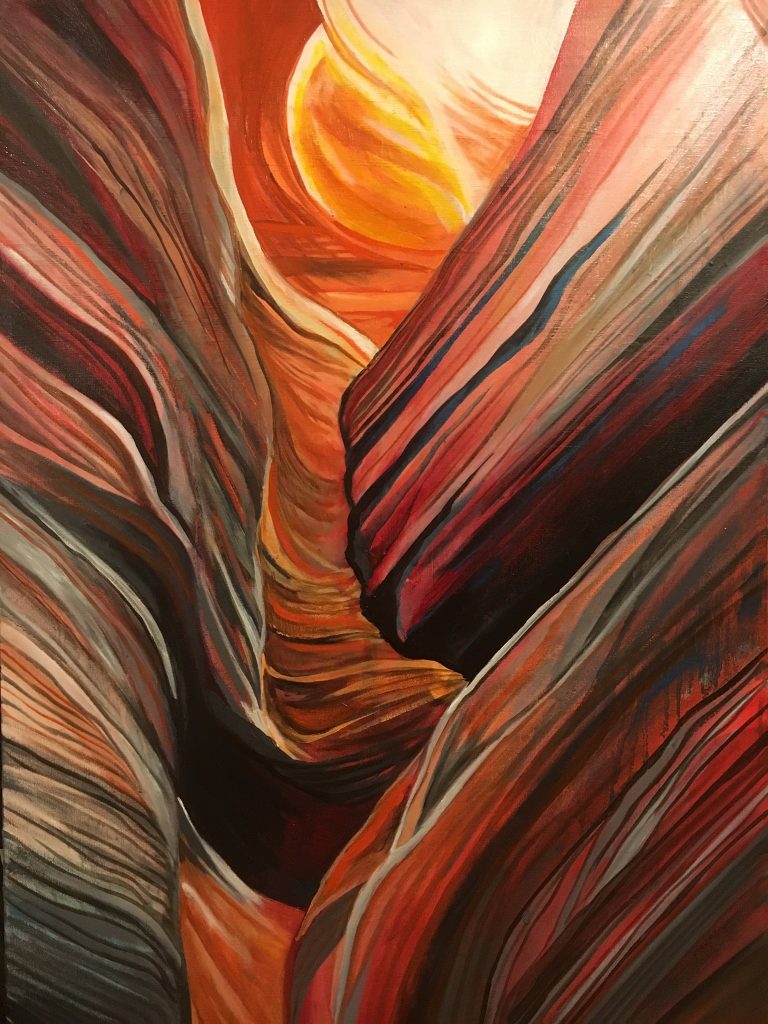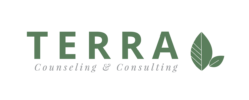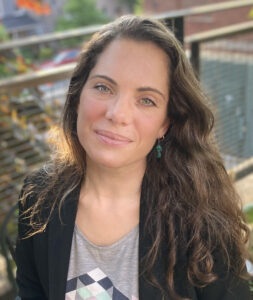reposted from American Art Therapy Association
“Everyone longs to feel acknowledged and understood, and the art medium makes that connection process all the more rich.”
What excites (or inspires) you most about your job right now?
Where to start… I have been lucky to have a very multifaceted experience thus far in my young career, and have learned different things from each client group; however, I’ve also learned that basic human needs are at the core of each therapeutic relationship. Everyone longs to feel acknowledged and understood, and the art medium makes that connection process all the more rich.

Has working with a particular client group shaped your professional focus or specialty? What have you learned from working with these clients?
I have been incredibly inspired by my clients at the Indiana University Neuroscience Center, some of whom are lifelong artists, some of whom are discovering art for the first time, but all of whom are finding it an instrumental component of their healing experience.
Whether it’s recovering from brain injury, coping with Parkinson’s Disease, or living with chronic illness, art therapy helps them understand and communicate their stories in an awe-inspiring way. I am also constantly impressed by the resilience of my teenage clients at Terra Counseling, who don’t always have many people in their corners as they navigate mental illness and behavioral challenges. Seeing the difference it can make to have someone see them, hear them, and believe in them makes me feel incredibly fortunate to do this work. That saying, “be who you needed when you were younger” really speaks to me in that regard.
How have race, diversity, and/or social justice impacted your work as an art therapist (or art therapy student)?
As a student, my first client group consisted of Urban Indians in Baltimore City, where there was an obvious and immediate culture gap for me, as a white person, to understand and try to bridge. I think that the relationships I built there had very little to do with my skill set in that regard, and everything to do with a client’s choice to give me a chance. Something my supervisor told me that will stick with me throughout my career is that “sometimes, stability is progress”.
What are your hopes for the future of the art therapy profession?
I live and work in Maryland, where art therapy is more known and respected than in some other states, and I’m grateful for it. I hope that art therapy’s reach will continue to expand along with other therapeutic professions, and that the general public will come to understand its capacity. If I never have to hear, “oh, so, like, you color with kids?” again it will be too soon.
What advice would you give someone interested in pursuing a career in art therapy? Or, is there something you would like to share about your journey thus far as an art therapist?
This work truly feels like a calling to me. I never wanted to be an artist, despite a lifelong practice of art-making in various forms. When I learned that art therapy is a thing, it felt like something clicked into place in my brain. This was it. For me, it’s much less a career in art than it is a career in humanity, which I think is important for people to consider as they explore their interest in this work.
Barbara van der Vossen, ATR-P, LGPC
A long-time writer and artist, Barbara van der Vossen understands the transformative power of creative expression first-hand. She is passionate about exploring neuroscientific reasoning behind the human urge to create, and how that urge relates to the infinite potential for personal growth.
Barbara is a licensed graduate professional counselor and a provisional registered art therapist providing traditional therapy and art therapy. She has completed her Master of Arts in Art Therapy from the George Washington University and holds a Bachelor of Arts in English and Fine Arts from the University of Maryland, Global Campus.
Barbara offers person-centered, trauma-informed therapy services to people of varying backgrounds and needs. With empathy and compassion, she guides people through the healing capacity of their own creativity, helping them to better understand their experiences and find coping skills for an improved quality of life. A former gardener, yoga instructor, and marketing professional, Barbara’s multifaceted experience lends her an adaptive approach in supporting each person’s goals in a supportive, non-judgmental manner. Sometimes that involves art-making, sometimes that involves conversation, and often a combination of the two.

